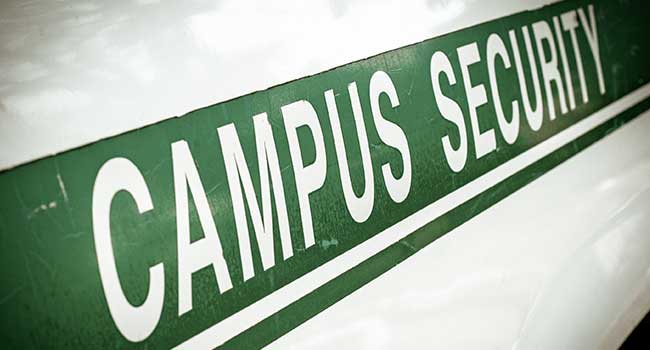
Nebraska Schools Create Assessment for SROs
City and school officials in Lincoln, Nebraska, have proposed and drafted a new evaluation process for the school resource officer program in Lincoln’s middle and high schools. The evaluation process would involve five-year data trends and surveys of parents, staff and students.
- By Jessica Davis
- October 29, 2018
City and school officials in Lincoln, Nebraska, have proposed and drafted a new evaluation process for the school resource officer program in Lincoln’s middle and high schools. The evaluation process would involve five-year data trends and surveys of parents, staff and students.
The recently released draft of the evaluation process came about as part of an interlocal agreement and memorandum of understanding between the city and Lincoln Public Schools on initiatives to improve safety and security on campuses. One of the initiatives involved adding six school resource officers to work in LPS’ 12 middle schools in addition to the officers already assigned to the six high schools.
Among other items, the memorandum of understanding said that school rules should be enforced by school administrators, not officers. It also calls for a clear delineation of school resource officer roles and responsibilities, and says that the SRO program should be evaluated.
The drafted evaluation process was created by city and school staff. The group wanted to look at both negative and positive outcomes of using SROs, said Leslie Eastman, LPS director of assessment and evaluations.
To determine whether discipline is being used when appropriate and whether minority or disabled students are being disproportionately targeted, the evaluation process will use school and police data, Eastman said. Five years’ worth of data will be used to identify trends, she said.
The draft outlines six program goals: creating a common understanding of the responsibilities of school staff and SROs; minimizing school discipline; promoting effectiveness and accountability; providing training to school staff and SROs; and using practices that ensure all students are treated impartially and without bias.
The data used in evaluations would include: police citations and referrals to juvenile court, police calls for service to schools while school is in session, school discipline data, and demographic breakdowns of students cited by police and disciplined by school officials in comparison to the overall LPS student body demographics.
As part of the evaluation, police would track complaints and commendations involving school resource officers. It will also include a survey conducted by LPS on how students and staff perceive campus safety and how students, staff and parents view the work of the SROs.
The district would be responsible for creating a document for staff that outlines the role of SROs, and police would track the hours of training attended by school resource officers.
About the Author
Jessica Davis is the Associate Content Editor for 1105 Media.